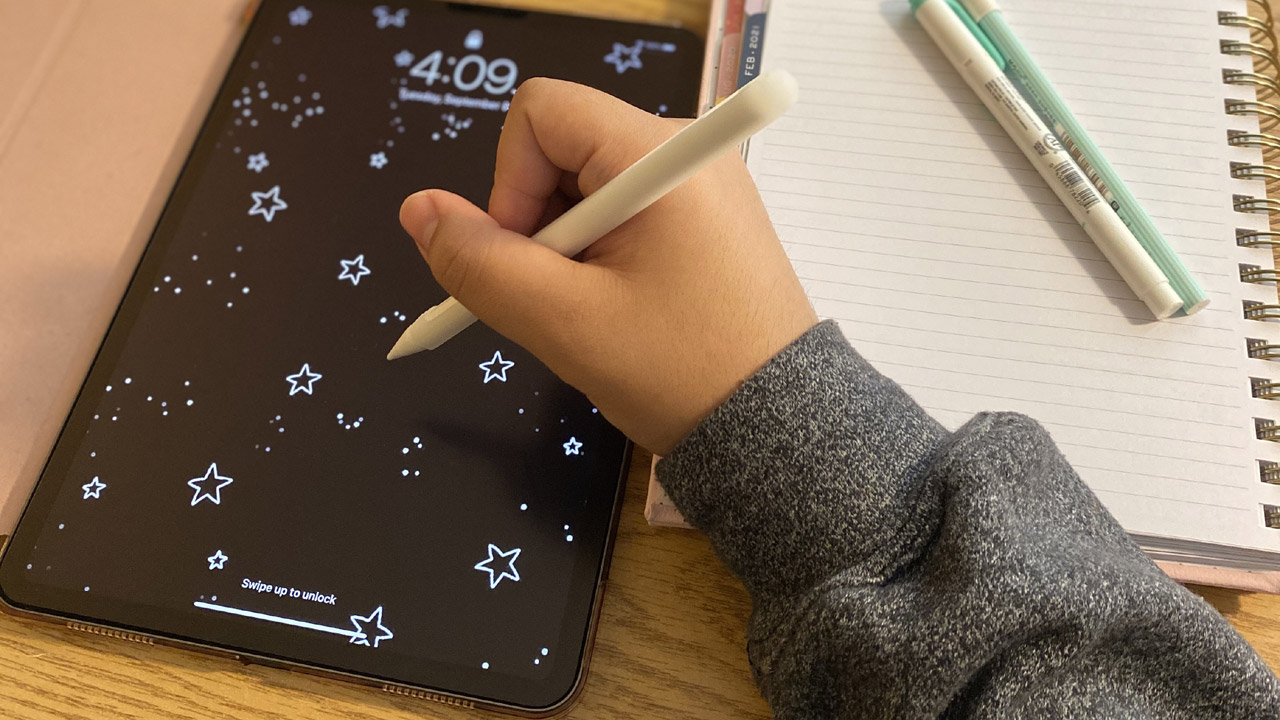Pros and cons of written versus digital notes
 CREDIT: SALMA HUSSEIN
CREDIT: SALMA HUSSEINPaper or Device? Let's find out!
A new school year is beginning, and new beginnings call for new ways to study, or perhaps a simple refresher of what methods are available for you.
Like some of you, I came straight from high school and into my post-secondary graduate program and wasn’t familiar with typical college/ university studying methods. Some high school teachers are not fond of having electronics in class, and thus digital note-taking was never an option for some of us.
I learned quickly that college allowed for more forms of academic studying, digital studying being a more common medium. With the pandemic happening and social distancing measures being in place, digital studying is definitely going to be integrated in our school year. However, classic handwritten note-taking is not out the window.
If you don’t know how to approach studying this year, or simply want to look at different possibilities, join me in exploring the pros and cons of both digital and handwritten notes.
There are many innovative technologies that try to mimic the texture and full experience of handwritten notes, but I doubt that any device could really make you feel the way you do when your pencil scratches or pen glides on paper. Typing may be quicker and using a computer may result in more easily organized documents, but the experience will never be the same.
Those of you who appreciate a good set of stationaries would also miss testing out and writing with new pens, pencils, highlighters, etc. Shopping for stationary is just as exciting as using your newly bought items for schoolwork. Stationary excites, and most importantly, motivates. Being comfortable with the way you chose to study is important to the success of your academic endeavours.
So, if you are a visual person who likes to draw out diagrams or someone who enjoys neat notes that are aesthetically handwritten, don’t be intimidated by your peers who prefer the quick and easy medium that is a laptop or computer. The end goal is the same, choosing the method that helps you learn.
Thinking green, however, is also our duty to the environment. Leaving as little of a carbon footprint as possible is key the planet’s future. By opting for digital note-taking and limiting your usage of paper, the average Canadian paper consumption per person per year of 308 kilograms of paper, according to St. Paul’s University College’s article “Reduce It,” would definitely decrease.
As I mentioned previously, if you are all about organization and keeping all your notes in one place, investing in a device such as a desktop or laptop would be a good alternative to writing out notes. Word, One Note, and other note-taking apps are great for organizing and filing notes for all your classes.
Another benefit to digital note-taking is that, for most devices, split screening is an option. Instead of having multiple pencils, pens, highlighters, notebooks and printed lessons on your desk as you take notes, having one device with all the pages you need opened in one space reduces desk clutter and therefore a less stressful working environment.
What if I told you there was a compromising option for both handwritten and digital note-taking lovers? Investing in a tablet or iPad is a great in between option for people who like a little bit of both methods in their life. Apple usually has an education sale before every school year that promotes usage of iPad for school at a discounted price.
This option is good for hand writers as you can draw out your diagrams on note-taking apps and write out your notes in organized documents. If you want paper-like feel on your iPad, matte screen protectors are available on Amazon. Even though it isn’t quite the same as paper, it still gives you most of the experience and reduces clutter at the same time. And you will feel better about your contribution in helping the environment by reducing paper consumption.














